www.willhiteweb.com - Hiking, Climbing and Travel
The Abu Simbel temples consist of two rock temples in Nubia, southern Egypt. They are located on the western bank of Lake Nasser. Abu Simbel is part of the UNESCO World Heritage Site known as the "Nubian Monuments. They were originally carved out of the mountainside during the reign of Pharaoh Ramesses II as a lasting monument to himself and his queen Nefertari. Construction started approximately 1264 B.C. and lasted for about 20 years. The monument was located there to impress Egypt's southern neighbors.
Over time Abu Simbel was forgotten and became covered with sand. In 1813, when Swiss orientalist JL Burckhardt found the top frieze of the main temple. Burckhardt talked about his discovery with Italian explorer Giovanni Belzoni, who travelled to the site, but was unable to dig out an entry to the temple. Belzoni returned in 1817, this time succeeding in his attempt to enter the complex. He took everything valuable and portable with him. Tour guides at the site relate the legend that Abu Simbel was a young local boy who guided these early re-discoverers to the site of the buried temple which he had seen from time to time in the shifting sands. Eventually, they named the complex after him.
In the 1960s, the entire complex had to be moved because they were building the Aswan High Dam, which was going to submerge the monument under Lake Nasser. A multinational team of archeologists, engineers and skilled heavy equipment operators moved it between 1964 and 1968. The site was carefully cut into large blocks, dismantled, moved and reassembled in a new location 65 meters higher and 200 meters back from the river. This was one of the greatest challenges of archaeological engineering in history.
Today, thousands of tourists visit the temples daily. Guarded convoys of buses and cars depart twice a day from Aswan, the nearest city. Many visitors also arrive by plane, at an airfield that was specially constructed for the temple complex.
Abu Simbel, Egypt
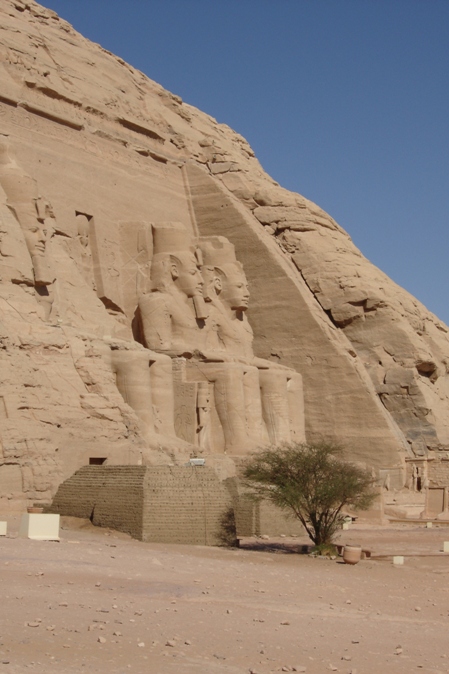
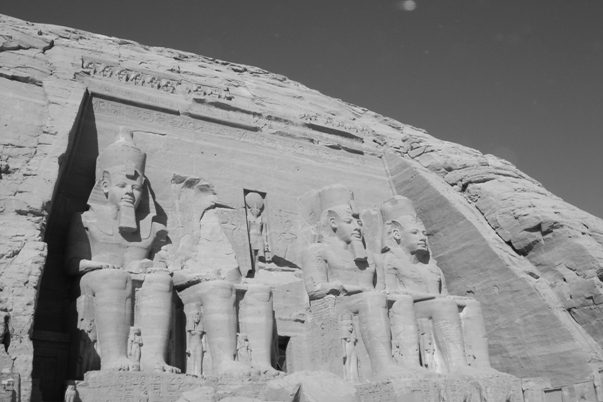
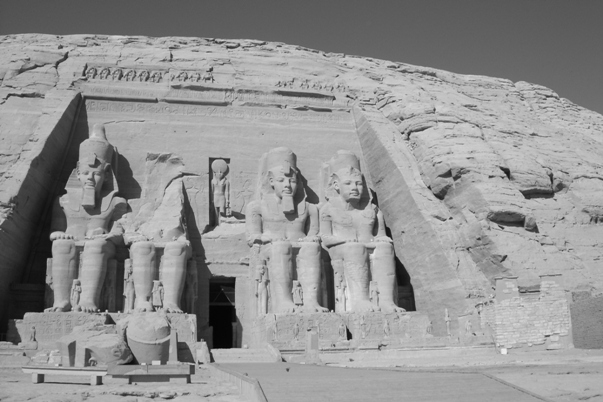
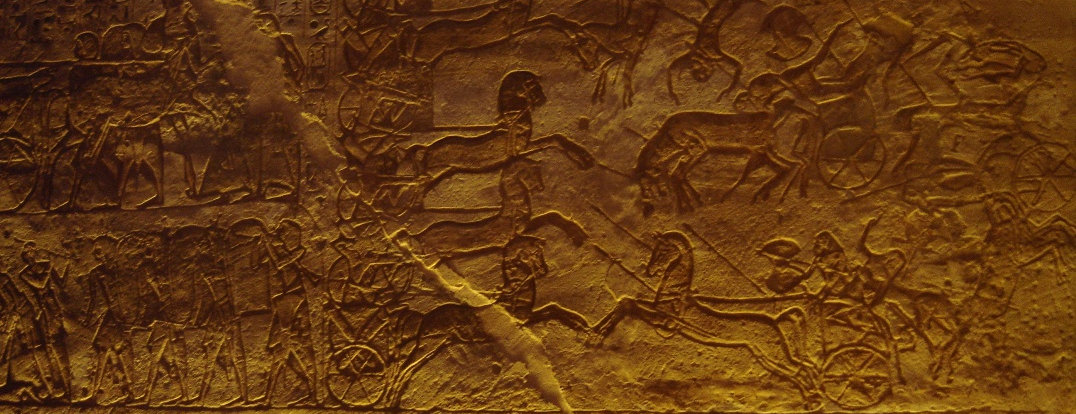
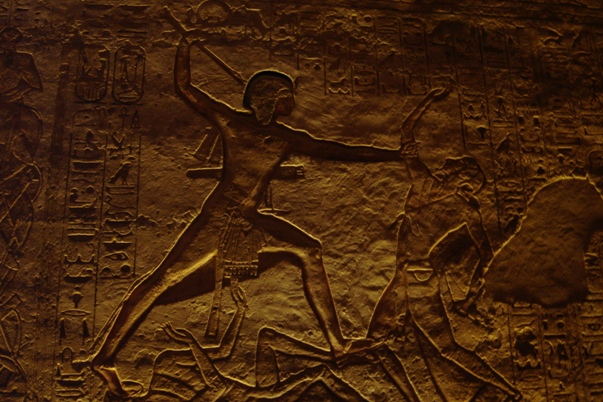
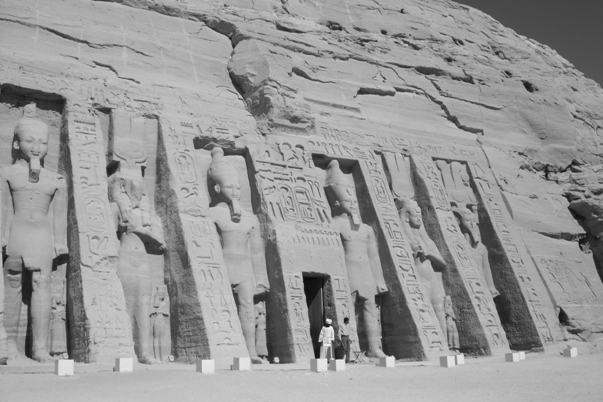
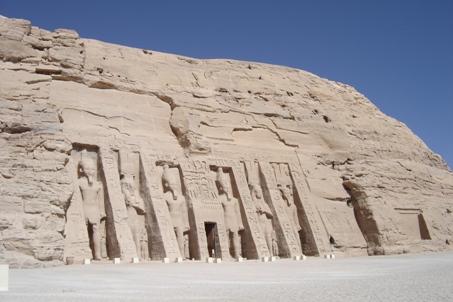
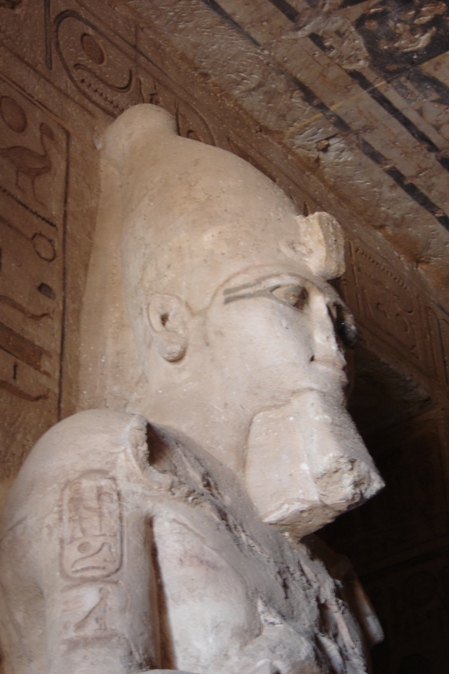
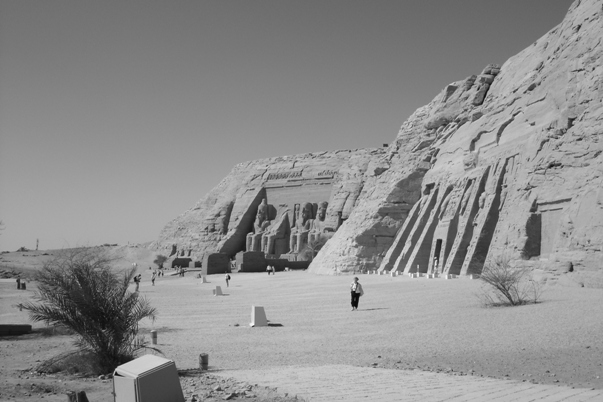
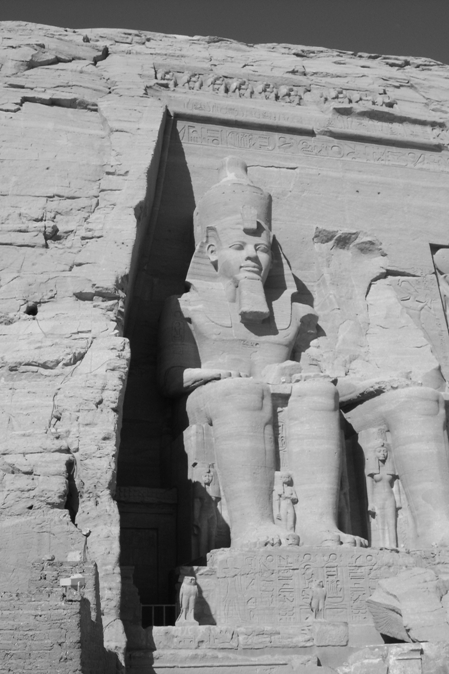

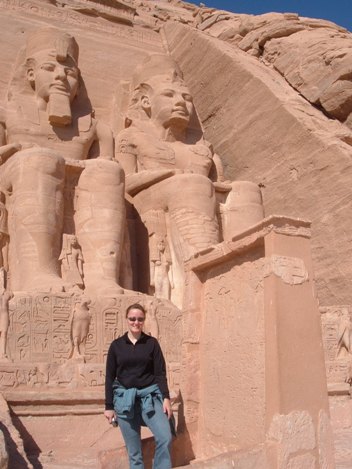
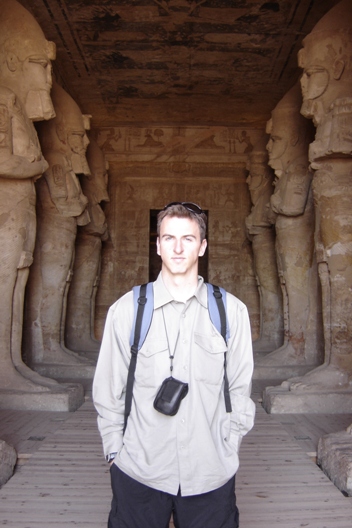
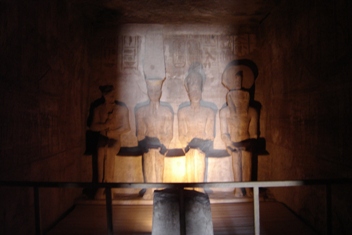
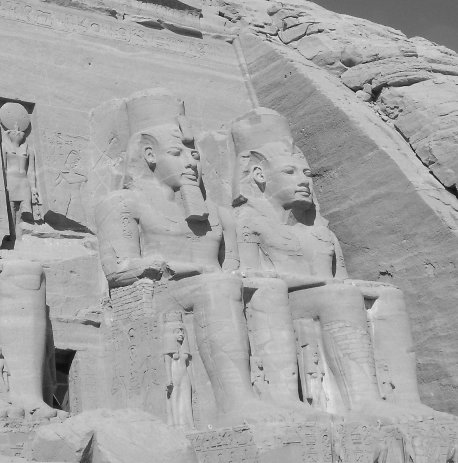
It is believed that the axis of the temple was positioned by the ancient Egyptian architects in such a way that on October 21 and February 21 (61 days before and 61 days after the Winter Solstice), the rays of the sun would penetrate the sanctuary and illuminate the sculptures on the back wall, except for the statue of Ptah, the god connected with the Underworld, who always remained in the dark.
Lake Nasser was created by the construction of the High Dam at Aswan. It is 298 miles long and 10 miles wide at its widest point. About one-quarter of all the Nile waters entering Lake Nasser are lost to evaporation and seepage. On of the largest man-made lake in the world, Lake Nasser has a major role in Egypt's fishing industry, yielding 15,000 to 25,000 tons per annum. Original hopes that Lake Nasser would also support agriculture in its vicinity, however, have yet to be realized.
The colossal statues along the left-hand wall bear the white crown of Upper Egypt, while those on the opposite side are wearing the double crown of Upper and Lower Egypt.
The bas-reliefs on the walls of the pronaos depict battle scenes in the military campaigns the ruler waged.
Bas-reliefs
The Great Temple
The Small Temple
All statues represent Ramesses II
One of the statues inside
Next to the legs of the colossi, there are other statues no higher than the knees of the pharaoh. These depict Nefertari, Ramesses's chief wife, and queen mother Mut-Tuy, his first two sons Amun-her-khepeshef, Ramesses, and his first six daughters Bintanath, Baketmut, Nefertari, Meritamen, Nebettawy and Isetnofret.
Wider view of the Small Temple
Abu Simbel














